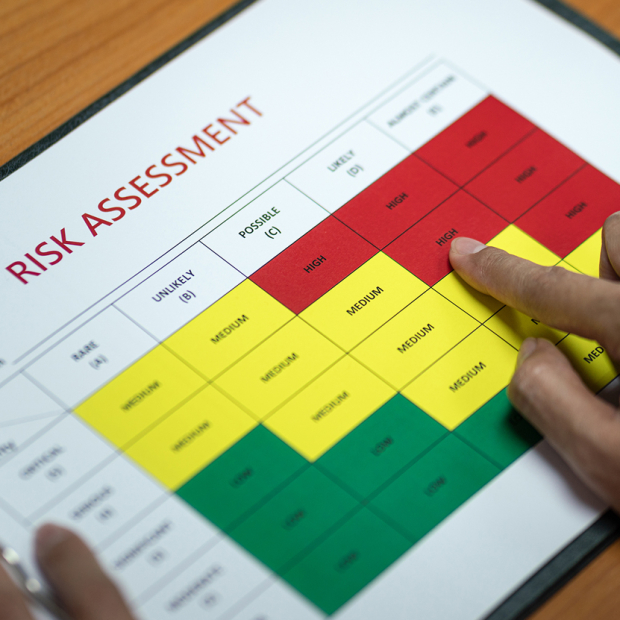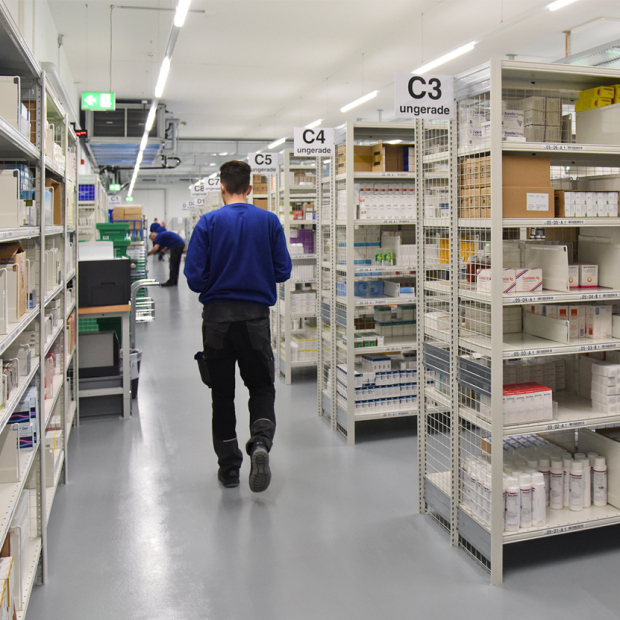

Assessing the effectiveness and efficiency of accident prevention measures in Switzerland
To what extent have the accident-prevention measures introduced in Switzerland been effective and cost efficient? And to what extent can the presumed benefits be attributed to the activities of the Swiss Competence Centre for Accident Prevention (bfu)? EBP asked experts to weigh in and developed an impact model to help answer these questions.
The expenses associated with non-occupational accidents (e.g. accidents that occur at home, on the road or at places of recreation) in Switzerland amount to tens of billions of Swiss francs every year. And every year, numerous Swiss-based organizations invest large amounts of money to fund accident-prevention measures.
The bfu is an important partner and coordinator when it comes to accident prevention. It has been tasked by the Swiss government to help reduce the number of accidents and mitigate their consequences by raising public awareness of the dangers and promoting general safety precautions — efforts that the government hopes will also reduce the associated costs for society.
However, in addition to being effective, accident prevention measures are also expected to be affordable. The bfu has therefore agreed to meet an obligation to evaluate its activities periodically in terms of their effectiveness and efficiency.
EBP was commissioned to support bfu in the auditing process. In the context of performing its assignment, EBP developed an impact model to enable a representation of the cause-and-effect relationships between the selected prevention measures and the relevant accident statistics. We then applied and quantified the impact model using the latest methods of statistical analysis.
Picture Credits: © bfu









